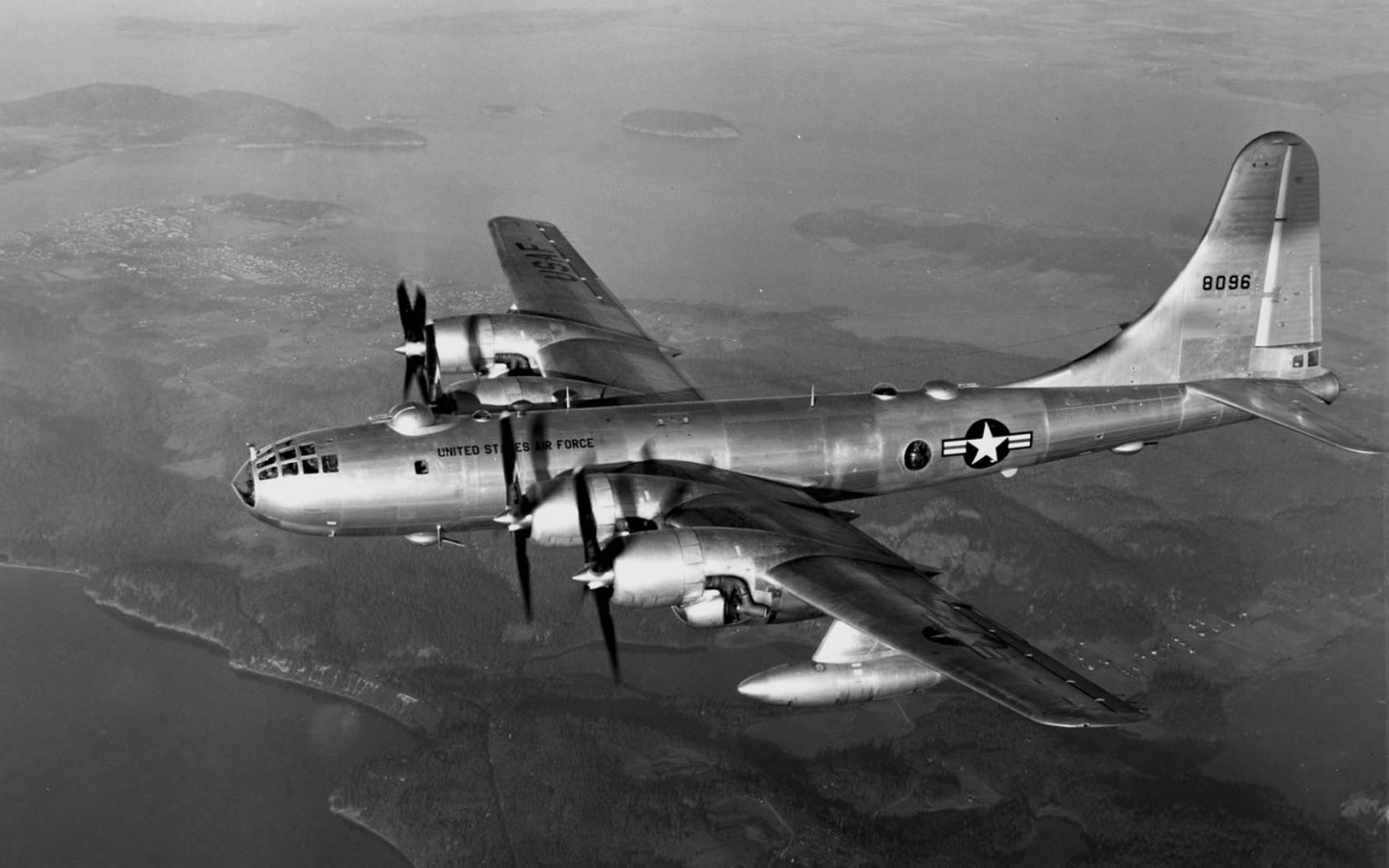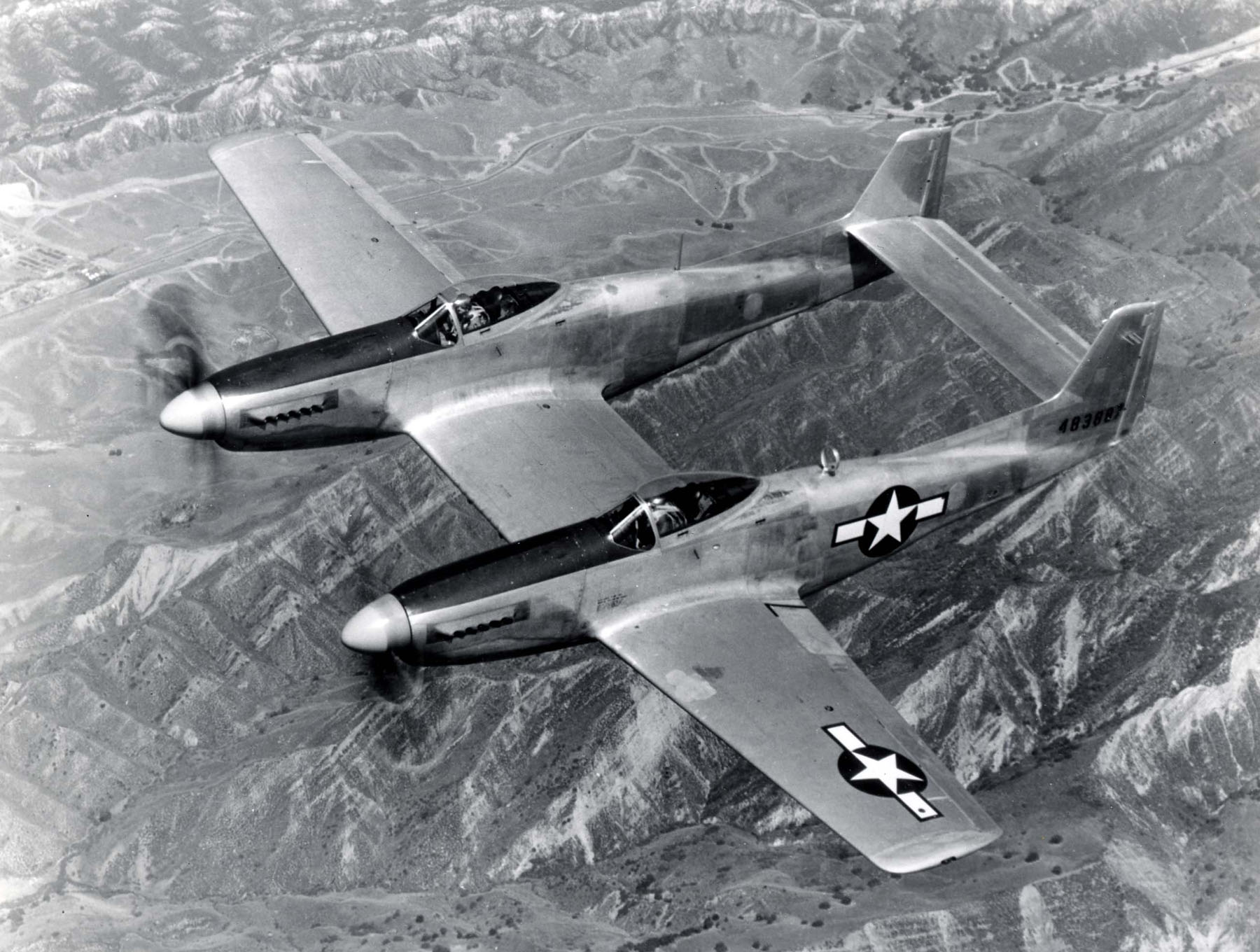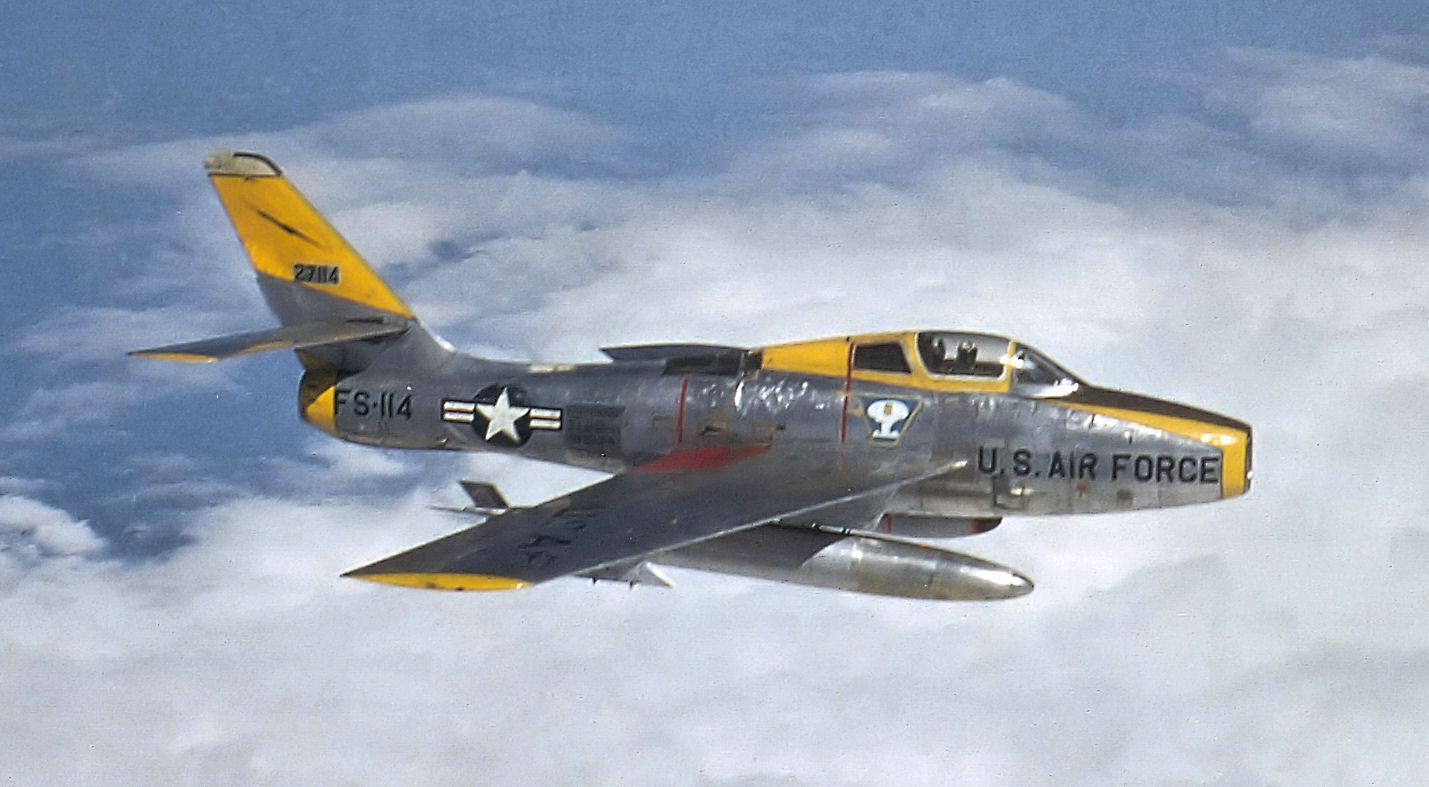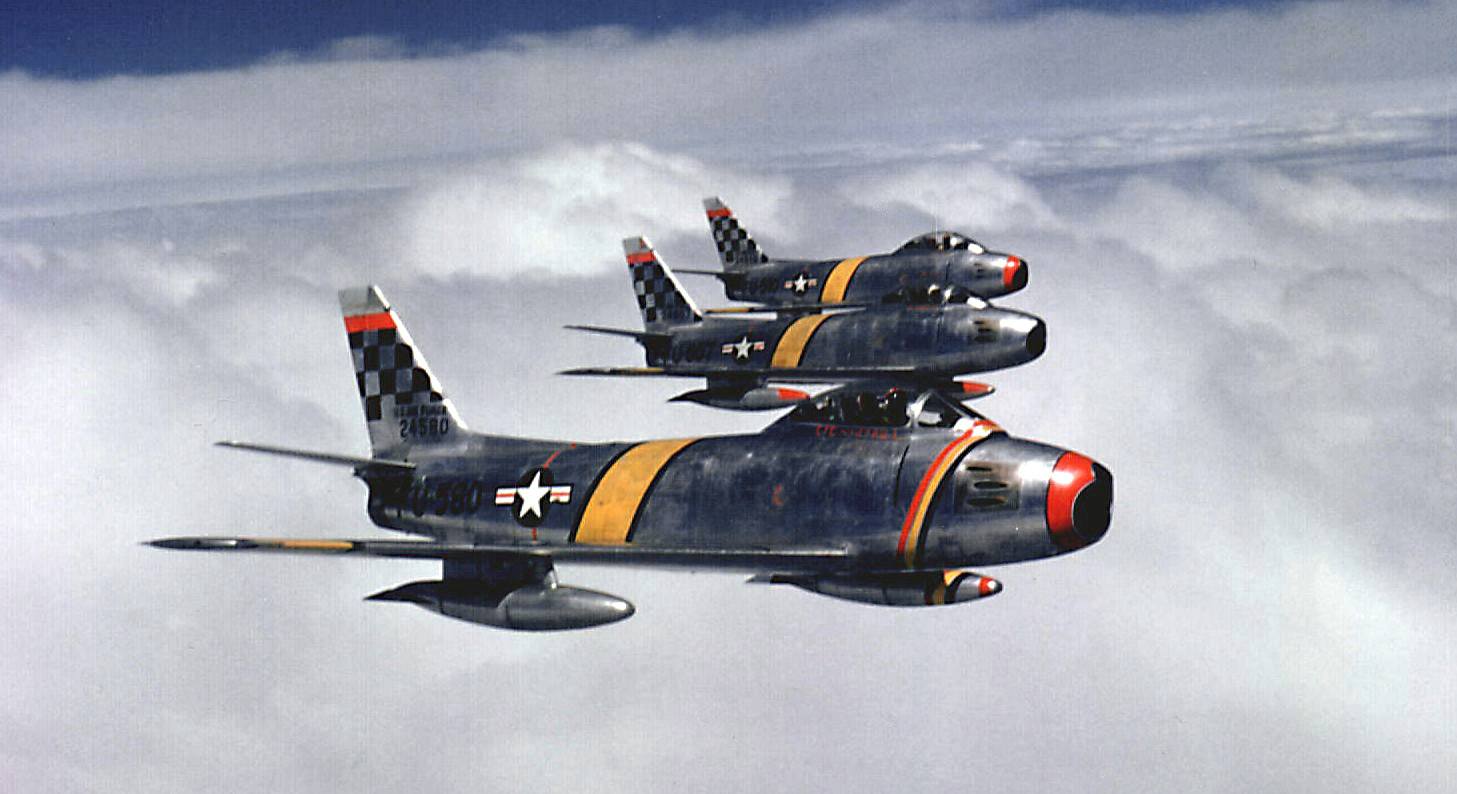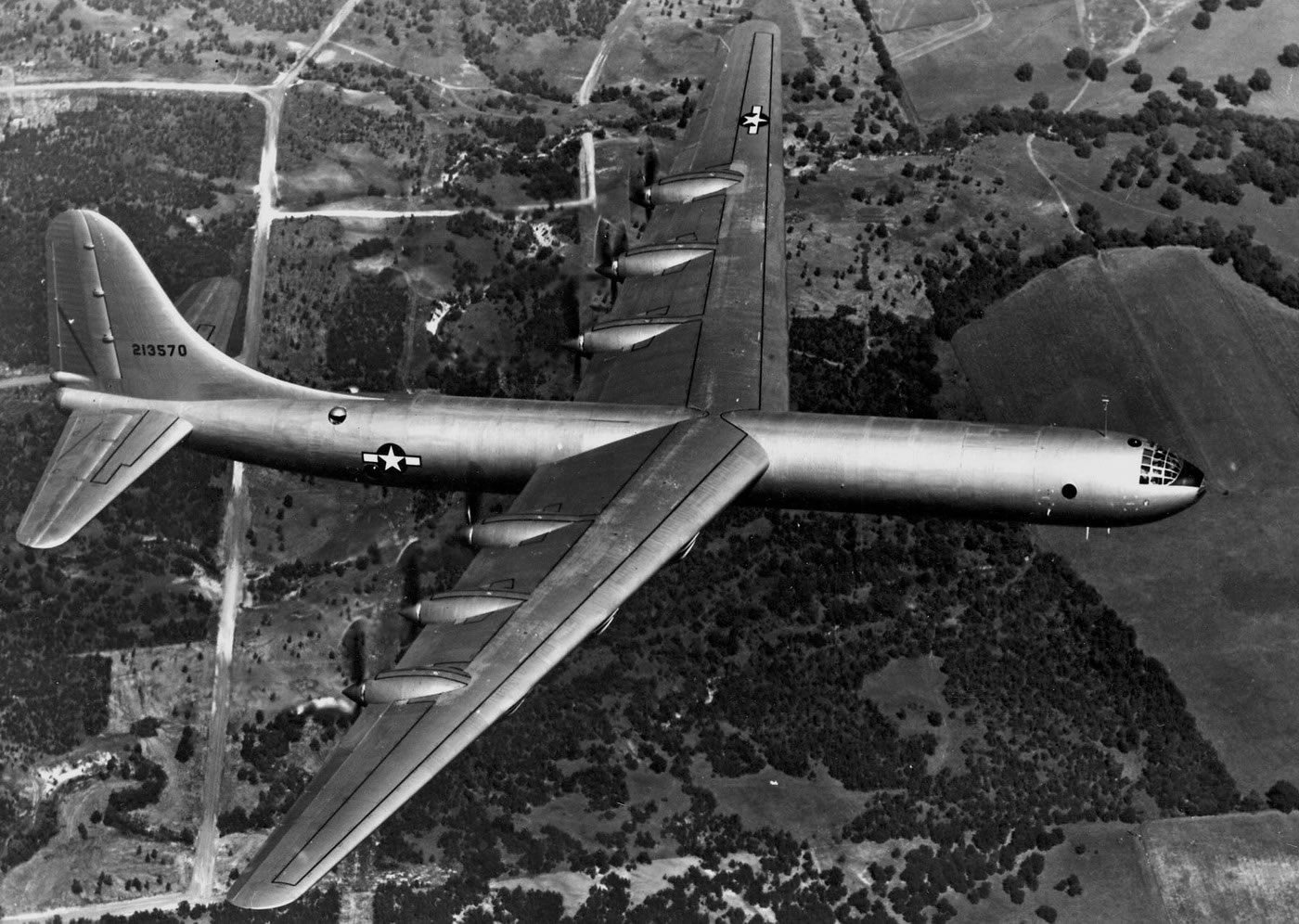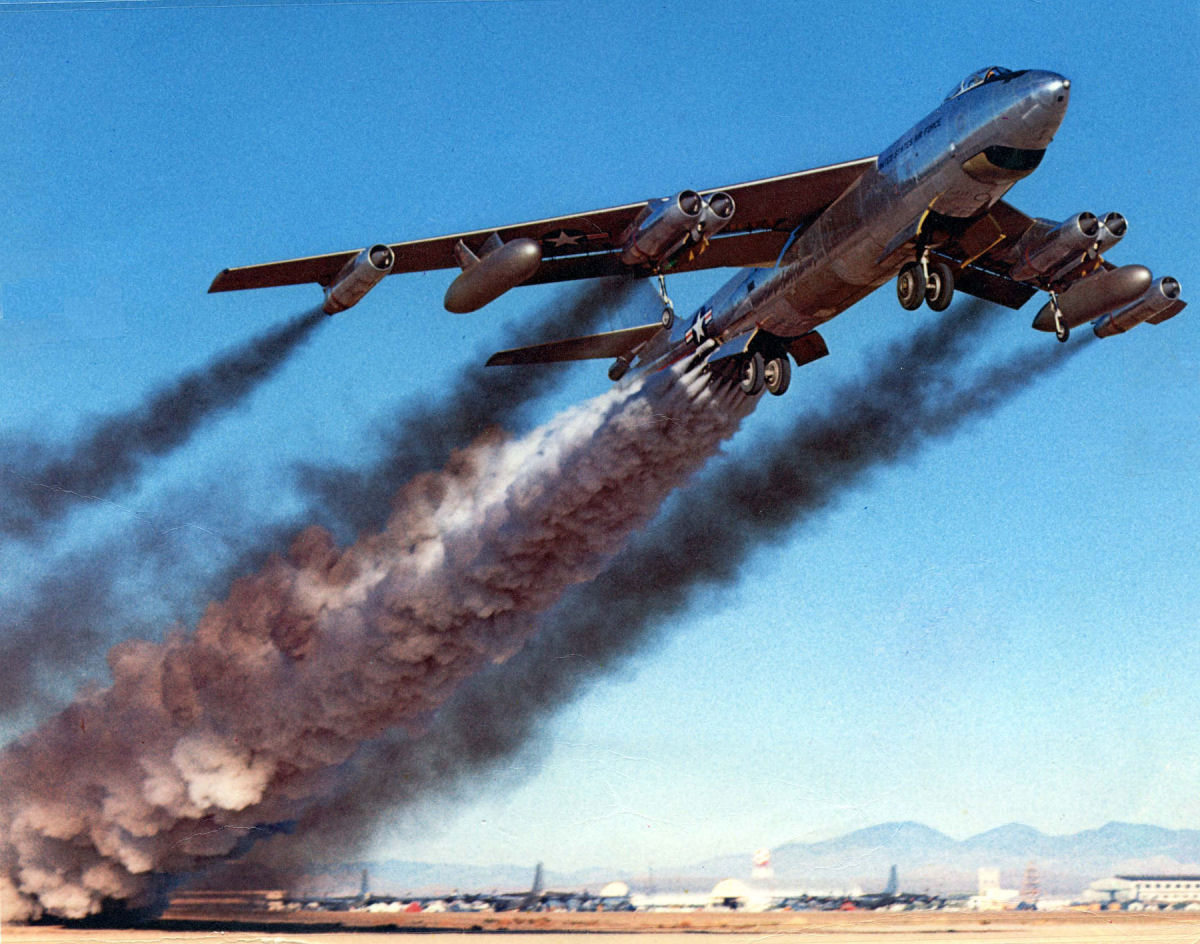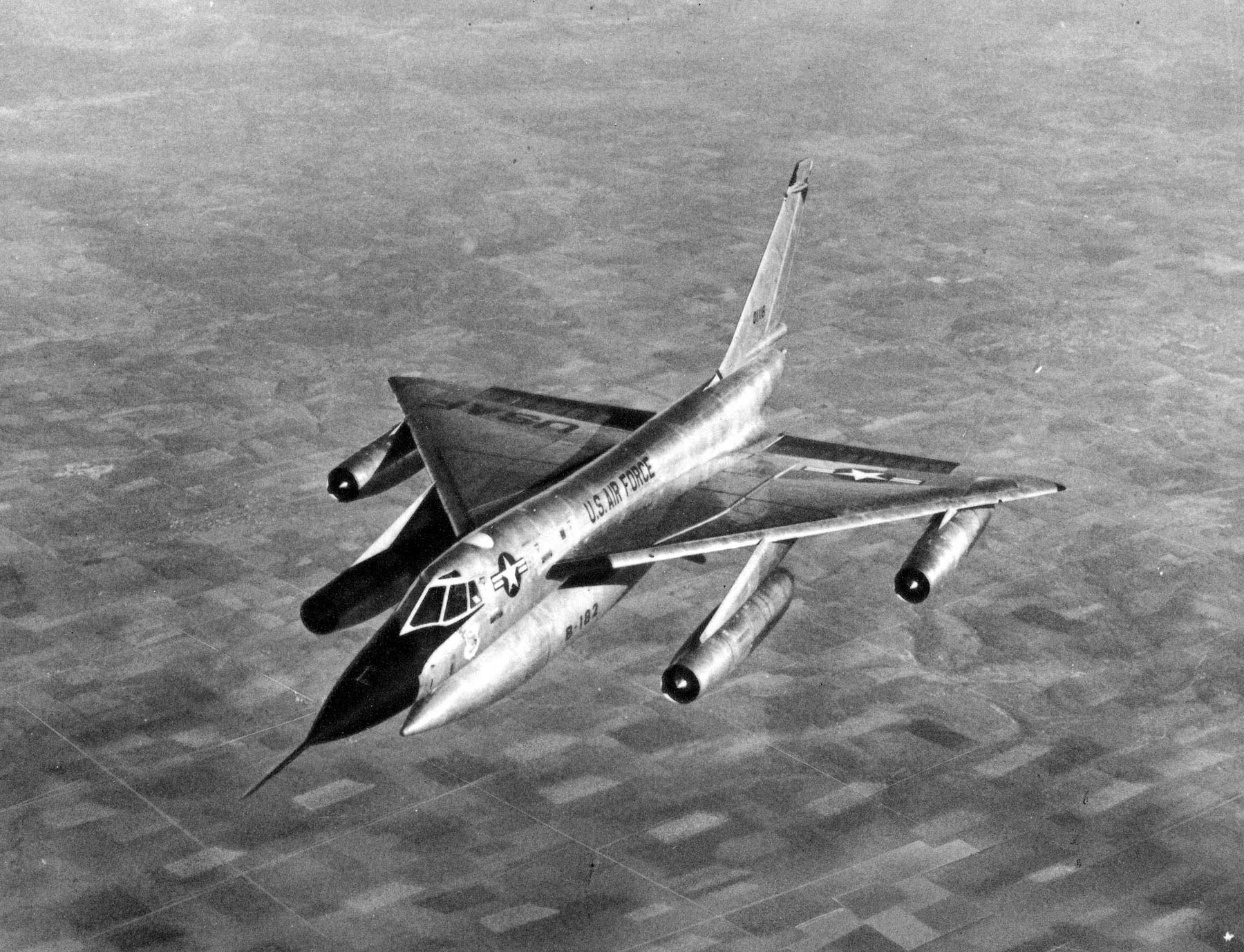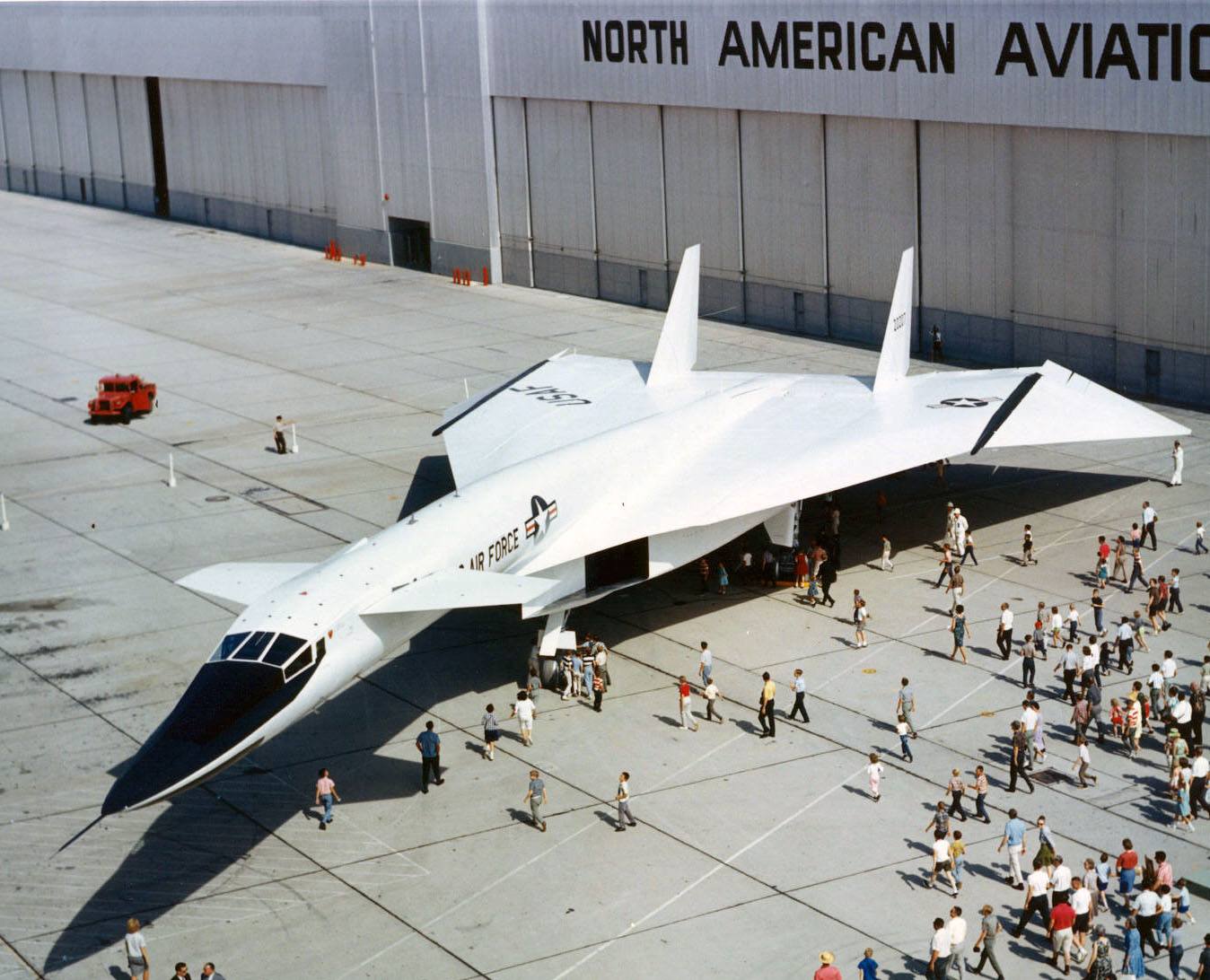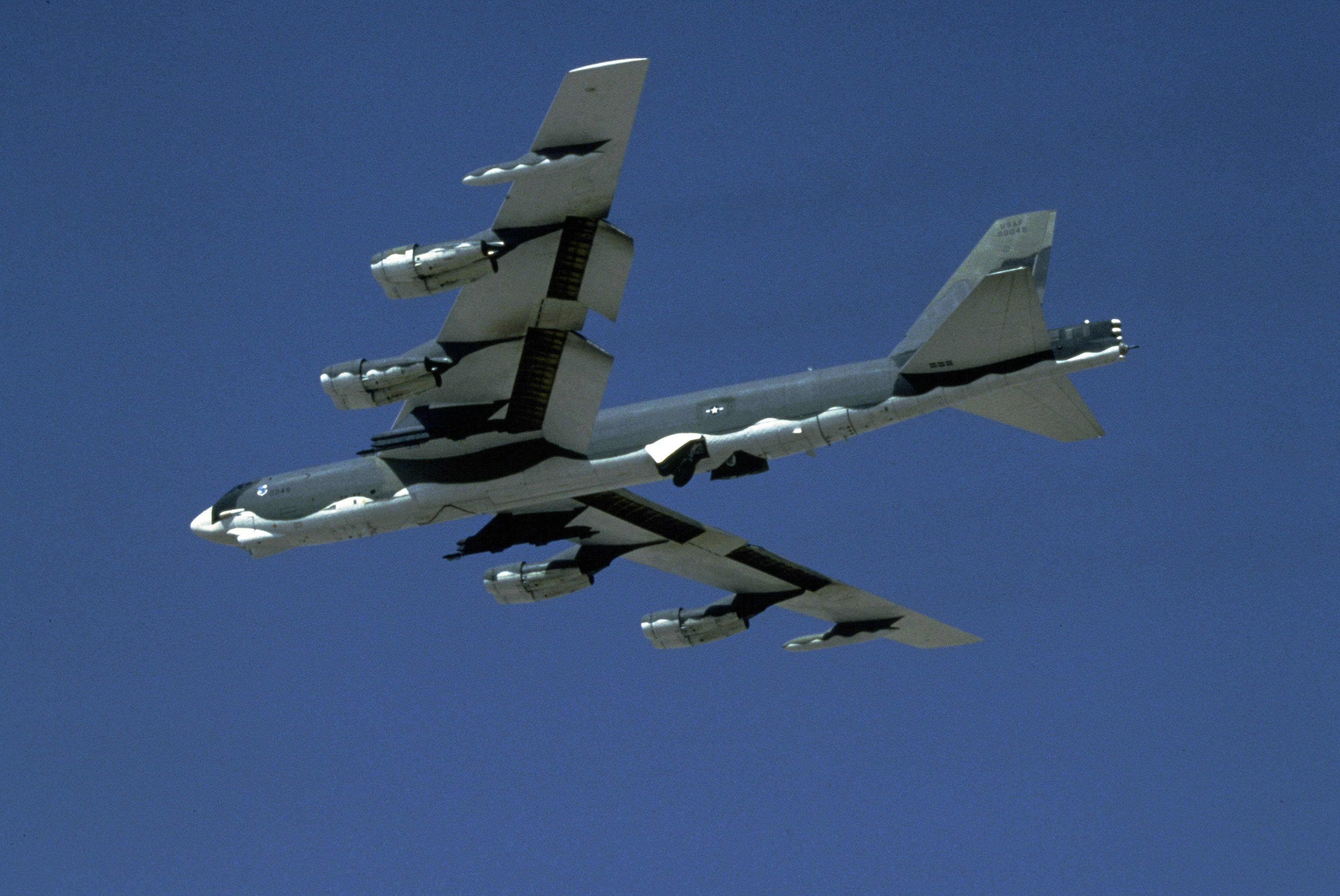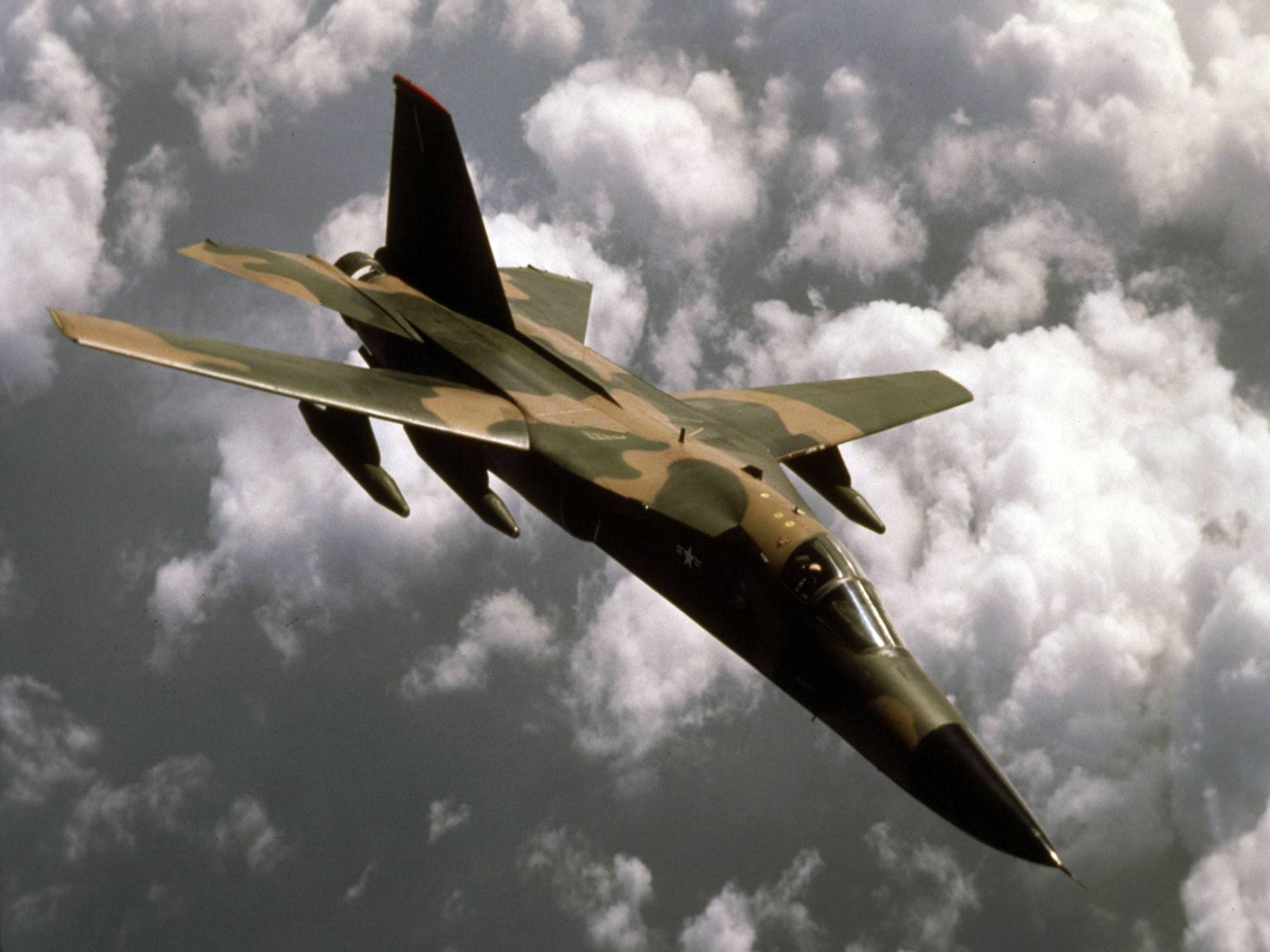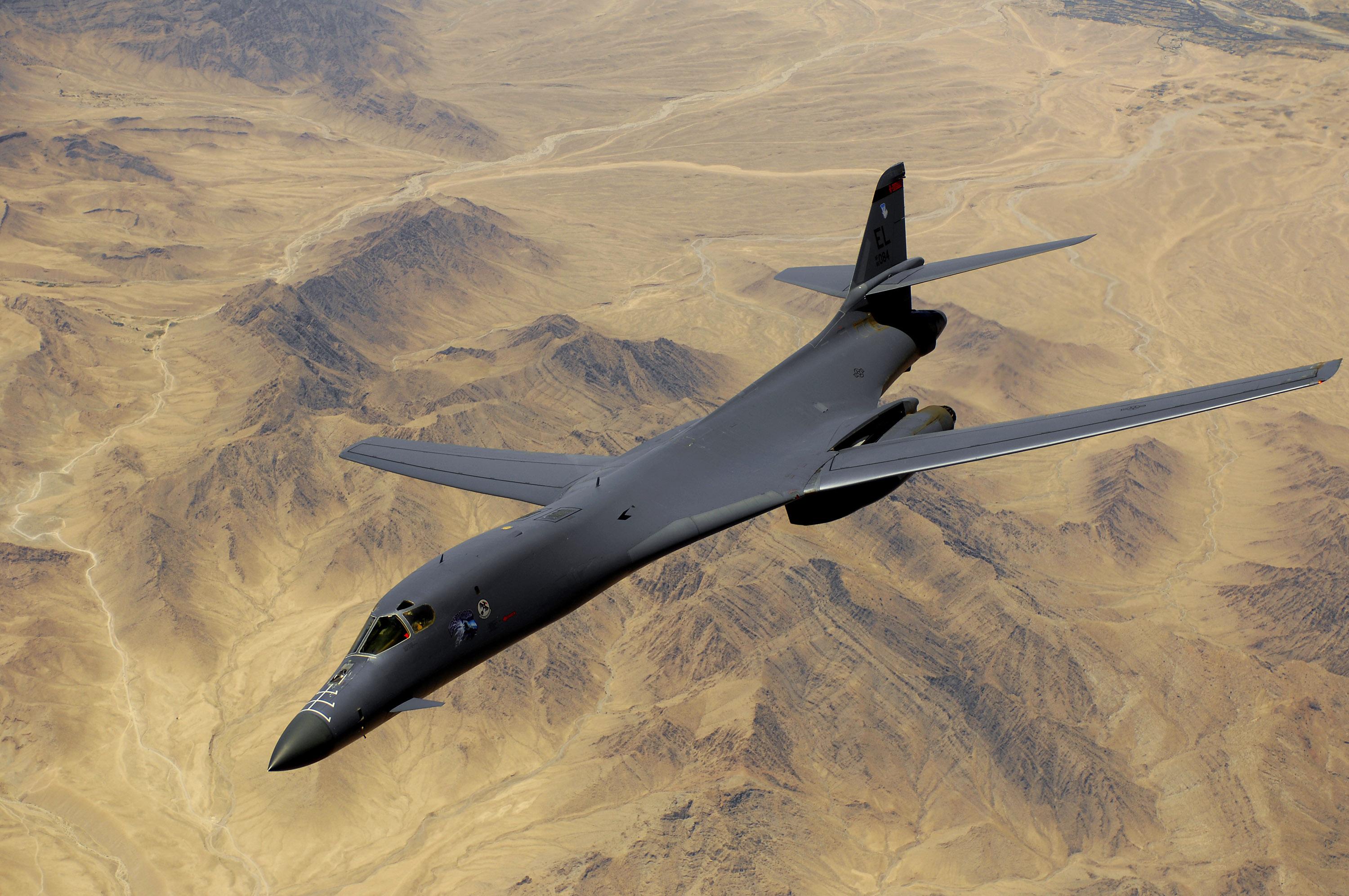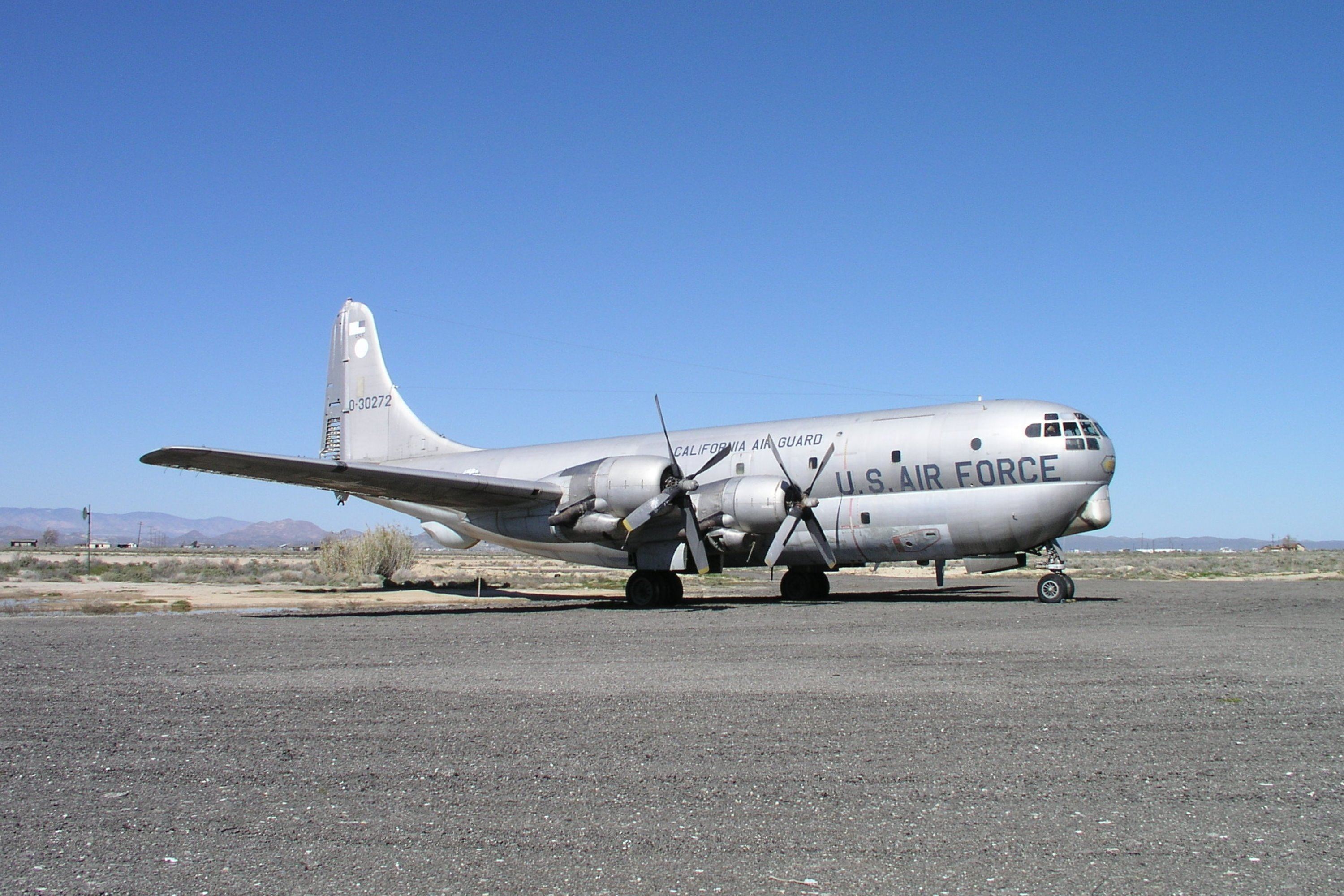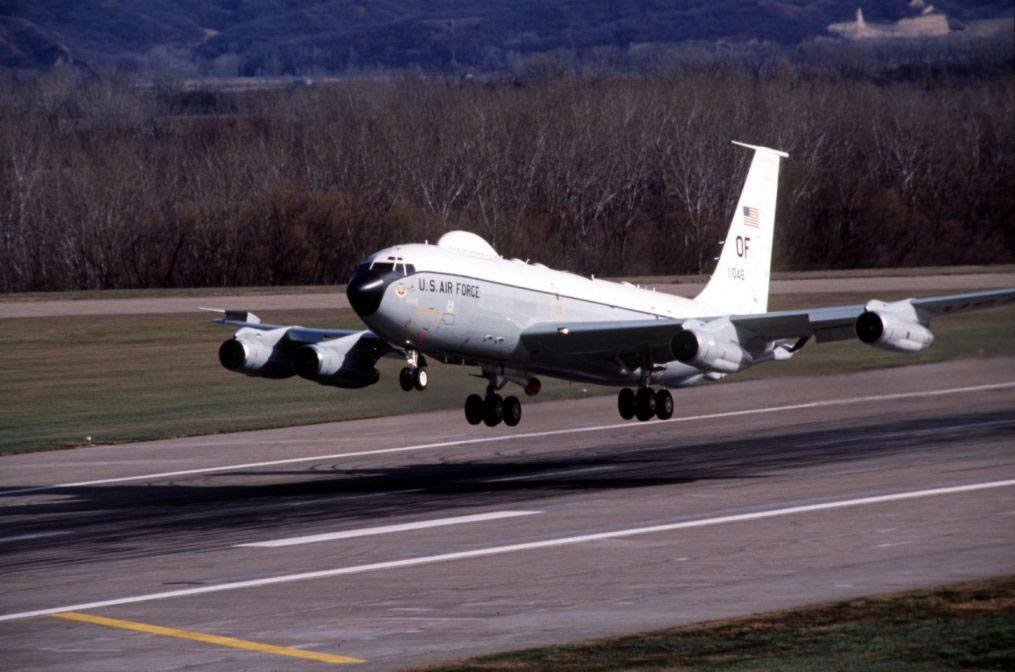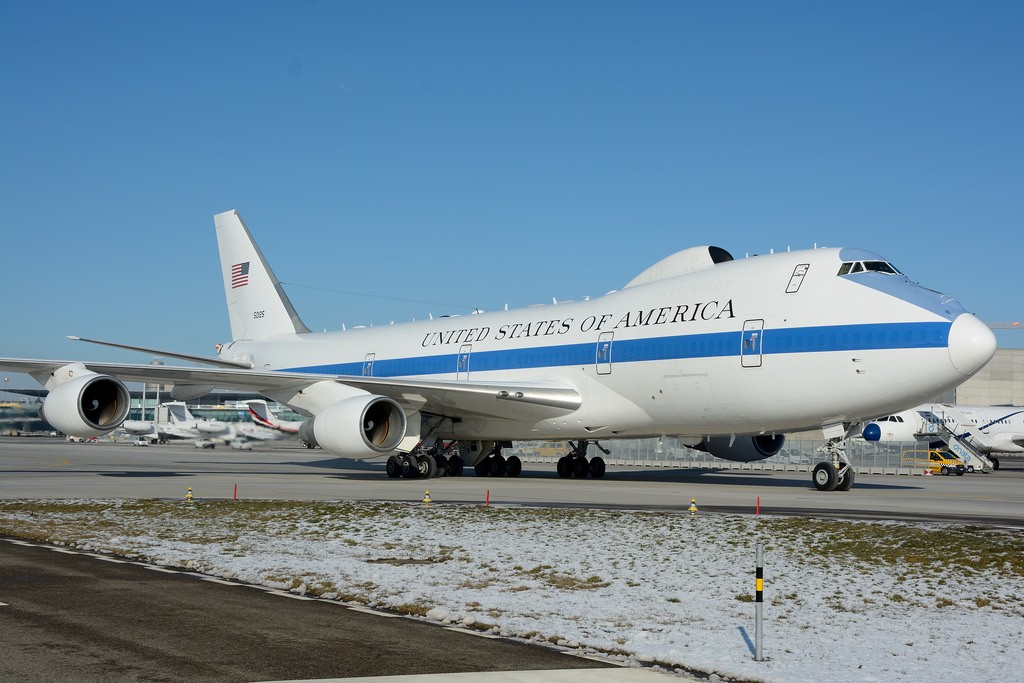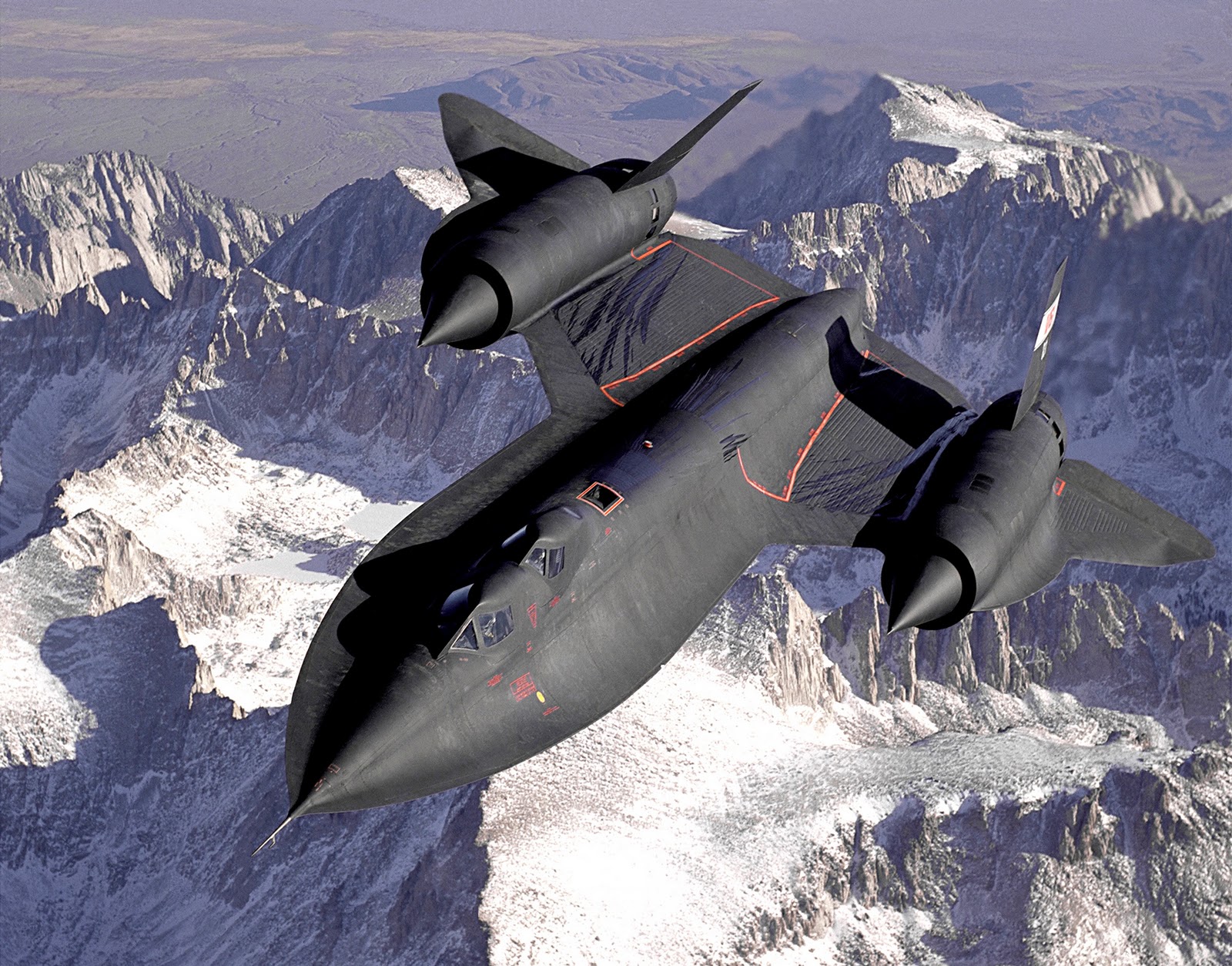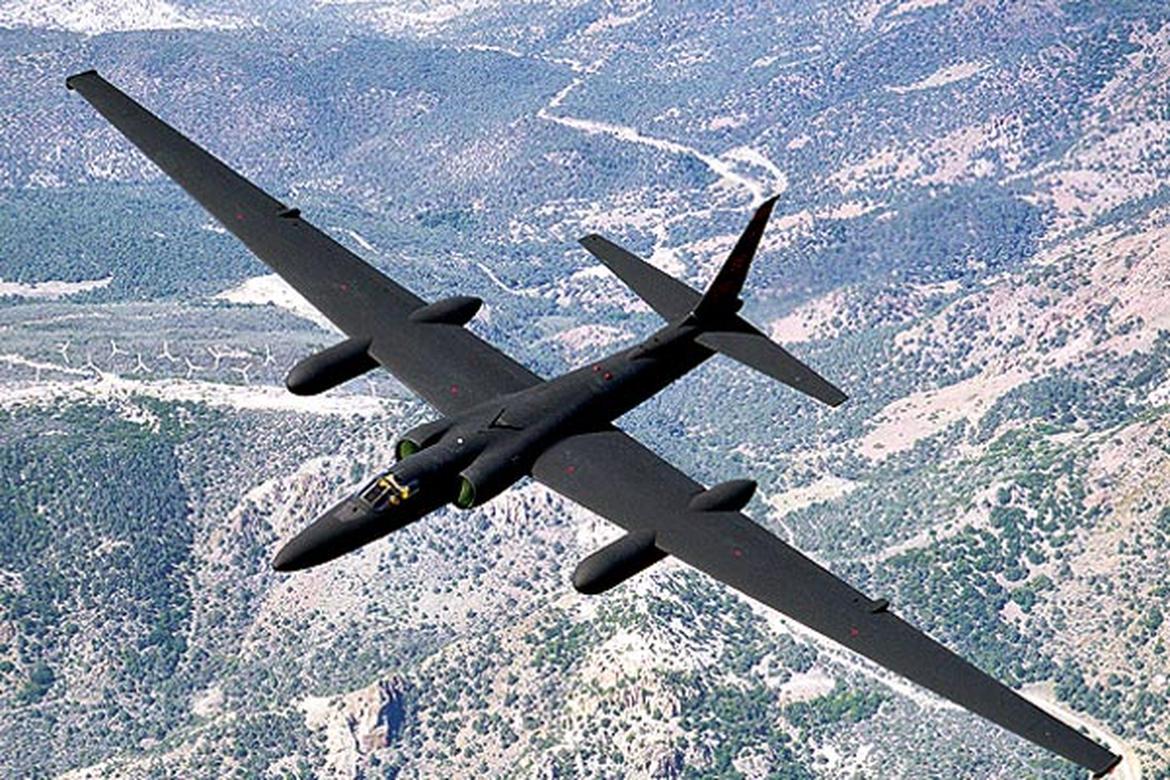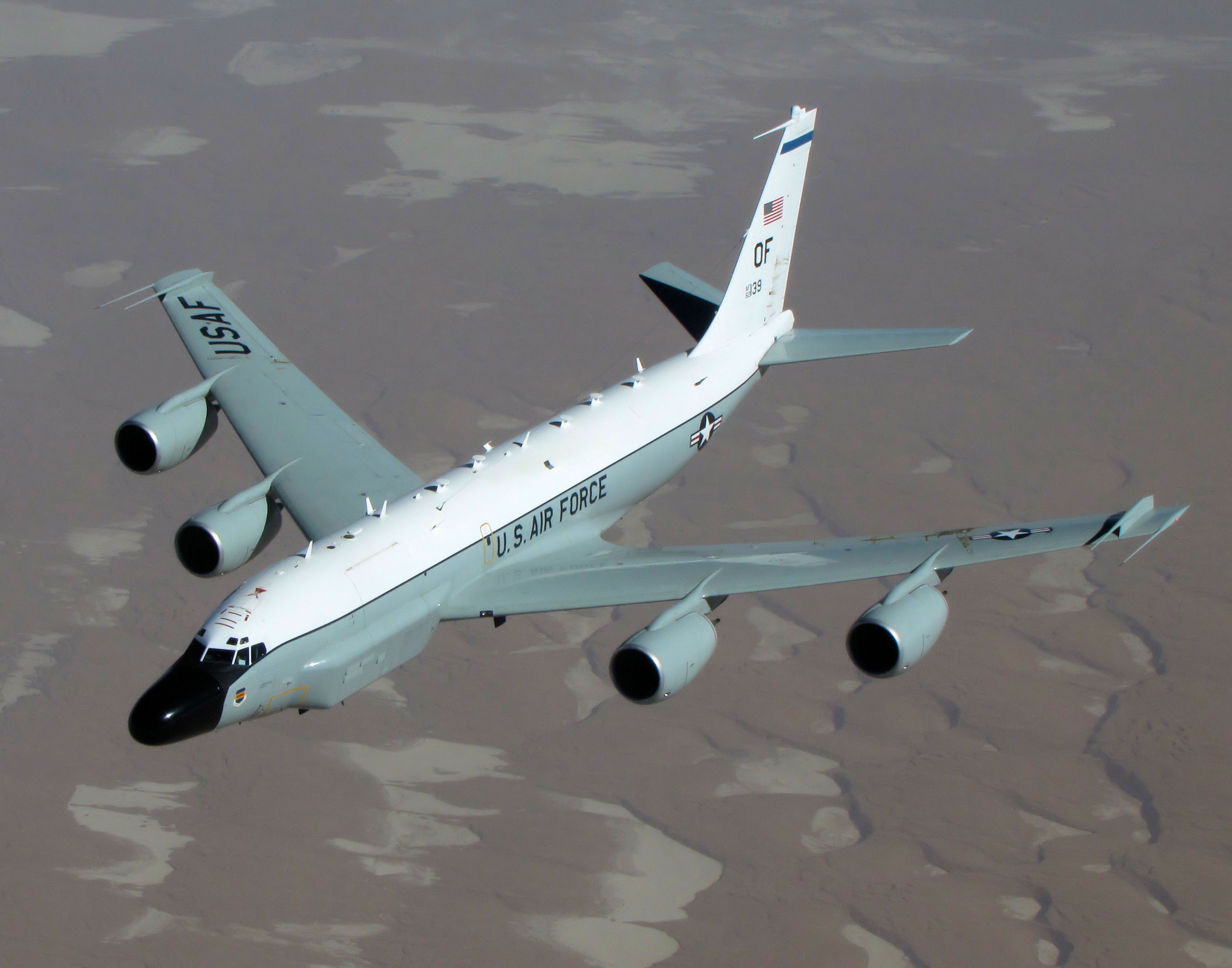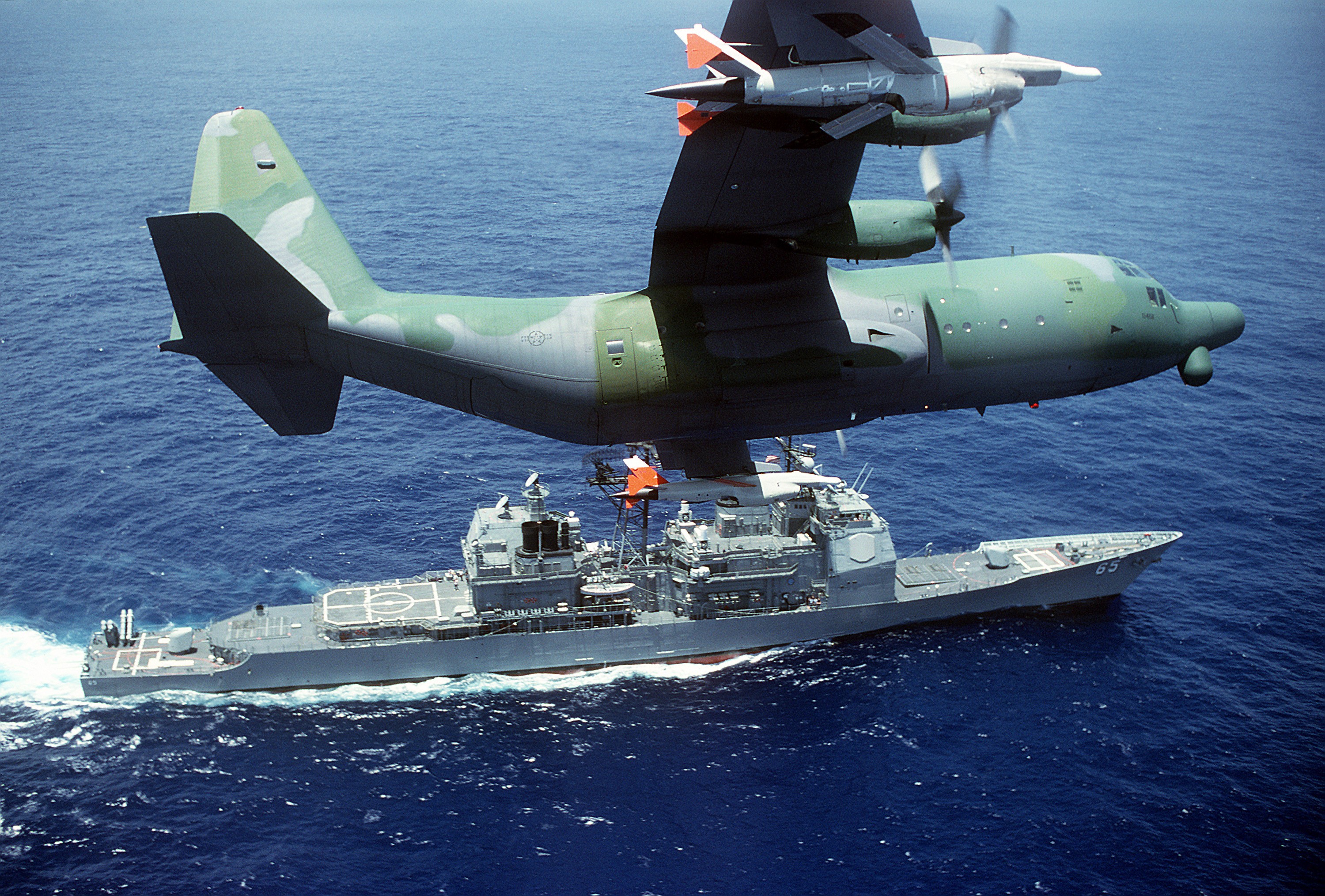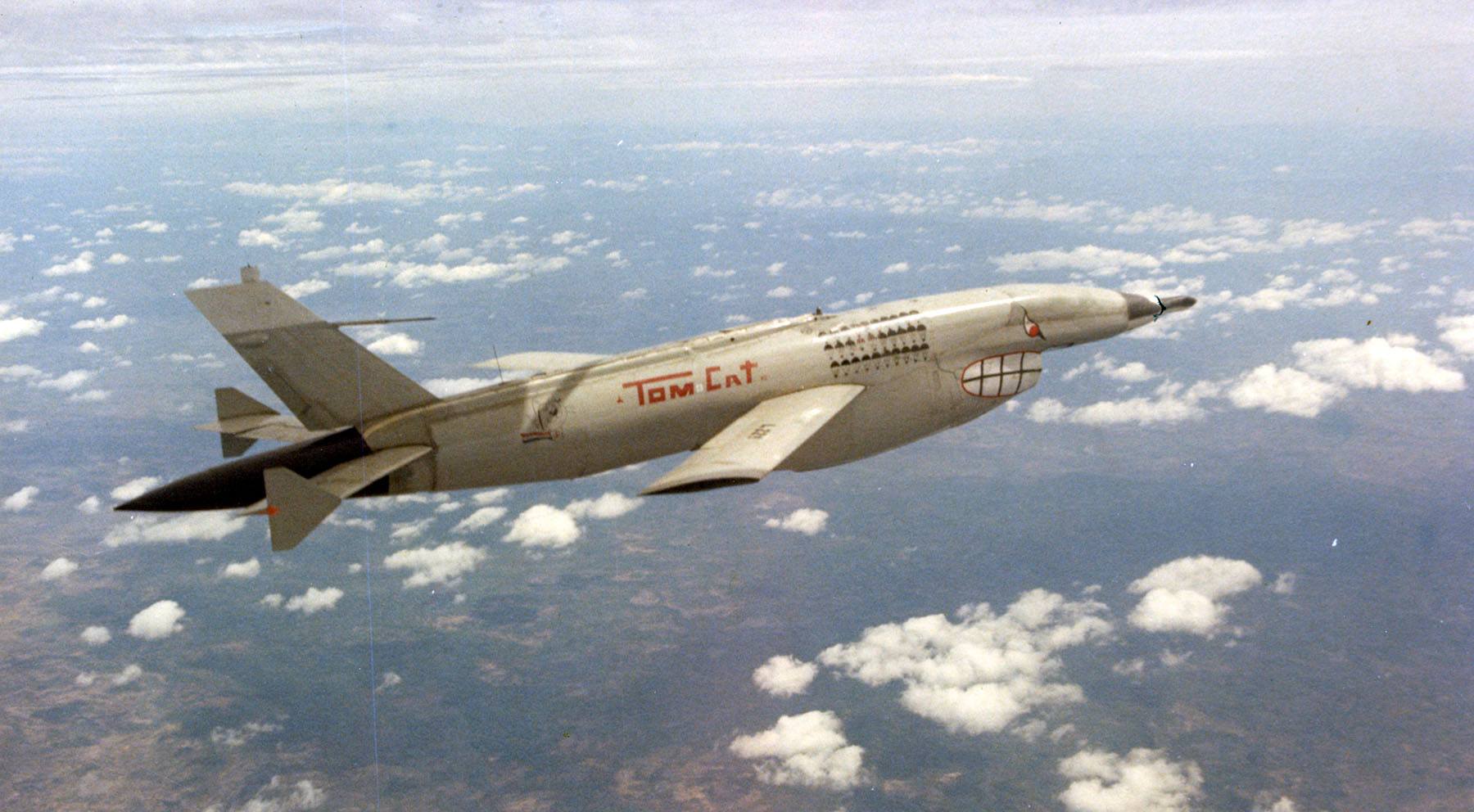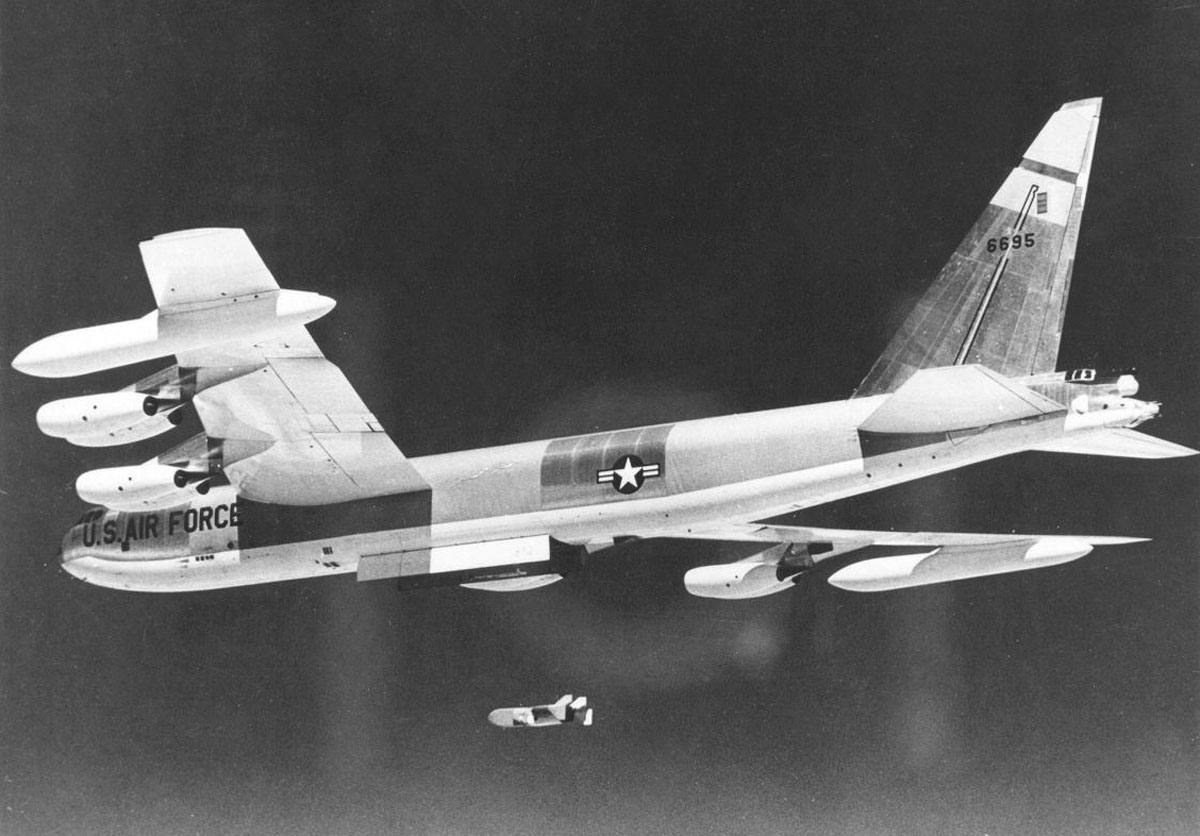When most American troops were returning to civilian life after winning of World War II, the Army Air Force established a new outfit, responsible for delivering America’s new atomic weapon: Strategic Air Command. Before the United States had an arsenal of nuclear-armed submarines and intercontinental ballistic missiles, the only way to target our opponents was to send the pilots and crew of SAC flying over hostile territory. Advancements in jets, missiles, and air defense technology meant SAC’s arsenal of planes had to constantly adapt and be replaced in order to provide the nuclear deterrent needed during the Cold War. Here are just some of the aircraft used by SAC during its 45-year history:
B-50 Superfortress
[in_content_ad]
After World War II, Boeing modified its iconic B-29 design, adding more powerful engines, a larger tail fin, and a stronger air frame. Boeing also produced reconnaissance and aerial tanker versions of their last piston-powered warplane. RB-50s conducted reconnaissance flights over the Soviet Union, but the advent of jet-powered MiG fighters means that Soviet flyers can – and on occasion do – shoot down these high-flying “Superforts.”
F-82E Twin Mustang
[in_content_ad]
Designed during World War II as a long-range escort and night fighter, the war ended before North American’s Twin Mustang could enter service. However when hostilities broke out on the Korean Peninsula in 1950, F-82 pilots were on hand to score the first aerial victories of the war. During its brief tenure with SAC (1947-1950), the twin fuselage aircraft was the only fighter with sufficient range and ceiling to escort American bombers on missions inside the Soviet Union.
F-84 Thunderjet
[in_content_ad_ora]
The Republic F-84 Thunderjet flew escort for B-29 missions during the Korean War. When the more advanced, swept-wing MiG-15 jets began scoring kills against the F-84, the aircraft transitioned to low-level interdiction operations, accounting for 60 percent of the ground targets destroyed during the war. The first production fighter to use in-flight refueling, and the first fighter to carry a nuclear weapon, the “Lead Sled” would only serve SAC until 1957 – when nuclear weapons and advancement of technology made the escort mission obsolete.
F-86 Sabre
[in_content_ad]
While the F-84 was outmatched by the Soviet Union’s MiG-15, North American’s F-86 Sabre, which briefly operated under SAC from the fighter’s introduction in 1949 until 1950, was considered perhaps the best aircraft of the Korean War. F-86 pilots claimed nearly 800 MiG-15 kills during the conflict, at the cost of only 78 Sabres. In fact, all but one of the 41 United States aces during the Korean War were Sabre pilots.
[in_content_ad_jw_player]
B-36 Peacemaker
[in_content_ad]
With its 230-foot wingspan, Convair’s B-36 Peacemaker was the largest mass-production piston-engine aircraft ever built. When it was introduced, the joint propeller/jet driven B-36 was America’s only true intercontinental bomber (until the B-52 entered service in 1955), with its ten engines capable of carrying an 87,000-lb. payload a distance of 10,000 miles without in-flight refueling.
B-47 Stratojet
[in_content_ad]
Boeing’s six-engine B-47 Stratojet served as the front line of America’s nuclear deterrent from 1951 through 1965. The world’s first swept-wing bombers were staged at forward operating bases across the globe, with one-third of the Air Force’s B-47 fleet on advanced alert at all times – loaded with fuel and nuclear weapons, ready to go. SAC also operated the RB-47, a reconnaissance version of the Stratojet, with three aircraft shot down by the Soviets during overflight missions in the 1950s and early 1960s.
B-58 Hustler
[in_content_ad]
The world’s first supersonic bomber, Convair’s delta-wing B-58 “Hustler”, could actually fly twice the speed of sound. But instead of flying high and fast to deliver its nuclear payload as originally designed, improved Soviet surface to air missile technology forced the bomber to fly low to avoid radar.
XB-70 Valkyrie
[in_content_ad]
North American’s XB-70 prototype was designed to fly higher, faster, and further than the B-58, but the futuristic Mach 3-plus bomber soon fell victim to technology, as Soviet surface-to-air missiles and the advent of the intercontinental ballistic missile began to eliminate the role of strategic bombers. The program was canceled in 1961.
[in_content_ad]
B-52 Stratofortress
[in_content_ad]
Over the last sixty years, aircraft manufacturers have tried to field a long range, heavy bomber capable of replacing the B-52. Despite all the changes that and advancements that forced other aircraft to come and go since it entered service in 1955, the iconic “Big Ugly Fat Fellow” remained the backbone of Strategic Air Command – and will continue fly until 2040. In-flight refueling means that the five-man crew can deliver their 70,000 lb. payload anywhere on the globe – limited only by the endurance of the crew. Today’s B-52H is the most versatile warplane in the U.S. arsenal, capable of delivering gravity bombs, cluster bombs, precision guided missiles and joint direct attack munitions.
[in_content_ad_bannersnack]
F-111 Aardvark
[in_content_ad]
When technological advances made the B-58 Hustler obsolete, the job of supersonic nuclear bomber went to the General Dynamics’ F-111 Aardvark. The versatile, variable swept-wing F-111 went into service in 1967, also conducting photo reconnaissance, tactical attack, electronic warfare, and interdiction roles until its retirement 30 years later.
B-1B Lancer
[in_content_ad]
Rockwell International’s B-1 was designed to combine the speed of the B-58 and the range/payload of the B-52, ideally replacing both of the aging aircraft. But a stealth bomber in the works and the development of nuclear-armed cruise missiles resulted in the cancellation of the B-1 project in 1977. Revived under the Reagan Administration as the B-1B, the bomber sacrificed speed for low-altitude performance and the “Bone” entered service in 1986 – trading out its nuclear weapons for conventional bombs in 1995.
KC-97 Stratofreighter
[in_content_ad]
The KC-97 Stratofreighter, a B-29 airframe with an enlarged fuselage and modified for mid-air refueling operations, supported B-47 operations until SAC began replacing it with the KC-135 Stratotanker in 1956. The Stratotanker fleet would be joined by the larger McDonnell Douglas KC-10 “Extender” in 1981 – both of which still fly for the Air Force to this day.
EC-135 Looking Glass
[in_content_ad]
From 1961 to 1990, Boeing’s EC-135C Looking Glass aircraft were in the sky 24 hours a day, 365 days a year, providing airborne command and control for the United States nuclear arsenal. “The Glass” carried a SAC general officer and necessary staff, forming an Airborne Command Post that could remain in operation in the event of a Soviet nuclear attack.
E-4 Nightwatch
[in_content_ad]
Beginning in 1974, the National Emergency Airborne Command Post stood ready to provide the President, Secretary of Defense, their support staff, and successors with wartime command and control capabilities from this highly modified Boeing 747, which can still function even in the event of an electromagnetic pulse attack. Although the United States has never needed “Nightwatch” for its intended mission, one plane and its crew are still kept on alert status at all times.
SR-71 Blackbird
[in_content_ad]
While advances in air defense technology spelled a quick end for many of SAC’s aircraft, Lockheed’s SR-71 Blackbird was so advanced that only Pentagon politics could take it out of the sky. The Blackbird operated at 80,000 feet and could fly faster than Mach 3, meaning all the pilot had to do to evade a threat was to add throttle. During the Vietnam War, some 800 surface-to-air missiles were launched at SR-71s during strategic reconnaissance missions – none of which found their target.
U2 Dragon Lady
[in_content_ad]
While it is significantly slower and nowhere near as sexy as the SR-71, Lockheed’s U-2 has flown high-altitude reconnaissance missions for 60 years. Entering service in 1957 and serving the U.S. Air Force, CIA, and NASA, the U-2S will continue flying until it is eventually replaced by the unmanned RQ-4 “Global Hawk”.
RC-135 family
[in_content_ad]
Numerous RC-135 variants, such as Rivet Joint, Combat Sent, and Cobra Ball (to name a few) have conducted intelligence, surveillance, and reconnaissance operations for SAC since the airframe’s introduction in 1964. These platforms used various arrays of highly advanced sensors, radars, antennae, and cameras for missions such as gathering technical data and signal intelligence, or for tracking Soviet ballistic missiles.
DC-130 Hercules
[in_content_ad]
Once Communist surface-to-air missiles began knocking U-2 spy planes out of the skies over Cuba, China, and the Soviet Union, the Air Force looked to unmanned aircraft. Lockheed’s DC-130 could carry – and remotely pilot – Model 147 “Fire Fly” and Lightning Bug” Ryan drones.
Model 147 Fire Fly/Lightning Bug
[in_content_ad]
During the Vietnam War, Ryan Model 147 unmanned reconnaissance aircraft were used in place of manned U-2 overflights of North Vietnam and China. The small, jet-powered drones provided day and night, low- and high-altitude reconnaissance and gathered important crucial signals intelligence data on surface-to-air missile systems.
ADM-20 Quail
[in_content_ad]
The B-52 could carry eight McDonnell Douglas ADM-20 Quail air-launched cruise missile decoys in its bomb bay. The unarmed drone could be programmed to make altitude and heading changes, and carried radar reflectors and an infrared burner to trick enemy air defense radars into thinking the cruise missiles were American bombers. Initially equipped in 1961, advances in ground radar would render the Quail obsolete by the time it was removed from service in 1978.

















